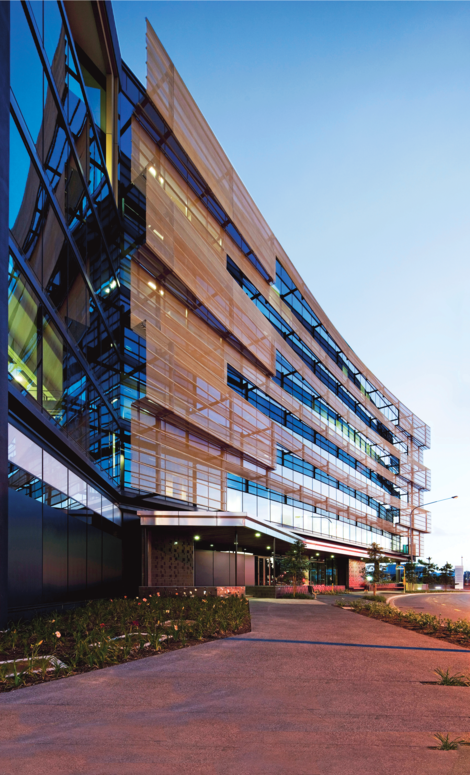Initial ‘green’ loan secured under new Sustainable Finance Framework
In a milestone for the business, Cromwell Property Group transitioned to our first ever green loan in July, as part of the rollout of our new Sustainable Finance Framework. Developed in consultation with the Commonwealth Bank of Australia and French-based multinational financial services company Societe Generale, this framework will see Cromwell apply best practices in energy efficient real estate and sustainability to our portfolio – and support the transition to a more sustainable economy more broadly.
What is a ‘green’ loan?
According to the Climate Bonds Initiative, an international organisation working to mobilise global capital for climate action, green loans are defined as any type of loan instrument used to finance or re-finance projects, assets, and activities with environmental benefits.
Green loans are based on ‘use of proceeds’, with borrowing proceeds transparently earmarked for eligible ‘green’ assets1. It is global best practice for green loans to be arranged in line with the Green Loan Principles, the Climate Bonds Standard (to the extent of available criteria), as well as several country specific guidelines.
The Climate Bonds Initiative anticipates that green loan markets are poised for growth in the coming decade, as lenders and borrowers cooperate and leverage market development to support local economies to transition to become net zero and climate resilient.




